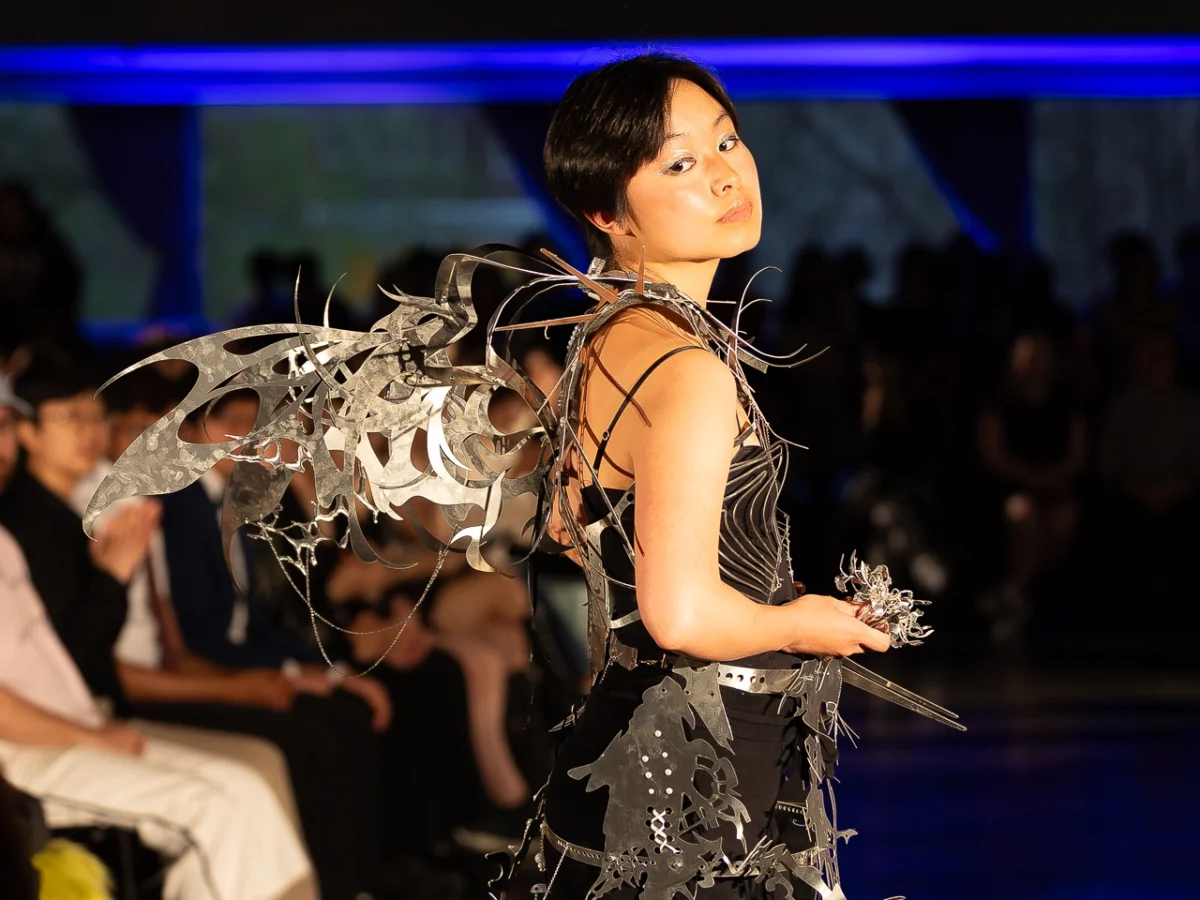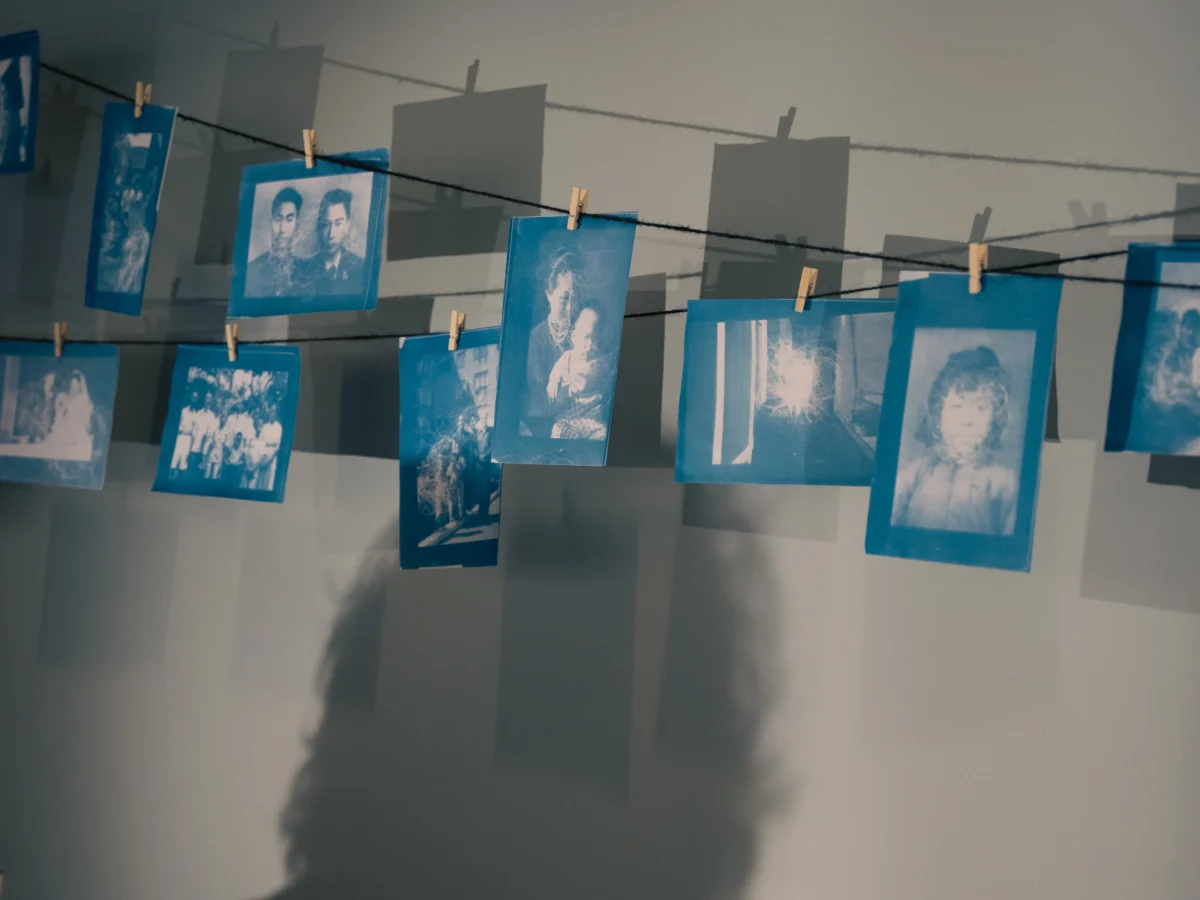This article was originally published by The Tech.
The epitome of fashion and art
Students on the second floor of the Student Center peered inside Lobdell, amazed by the sights. Outside, a sparkly photo booth for all guests, dutifully manned by Jakob de Raiij ’24. Inside, rows of chairs, crowds of people, tasteful decor, tasty appetizers, and music from the MIT Laptop Ensemble. Upstairs, a plethora of art and artists for guests to interact with.
This professional scene is the one and only MIT Gala: a fashion and art show that culminated with the release of the 12th edition of the Infinite Magazine, MIT’s premier fashion publication.
Launch Director Haydn Long ’26 raved about the event and her experience with Infinite as a whole. Last year, her living community (Burton 2) introduced her to the organization, and she has been hooked ever since. “I felt really heard and seen by the [MIT Gala] board,” she fondly recounted, a pleasant surprise [to her] since arts at MIT are sometimes “overlooked.” Long’s drive to make the 2024 MIT Gala spectacular is also fueled by its accessibility. After all, she noted, “where else…are first-time designers having [outfits] walked [on] a runway in front of hundreds of people?”
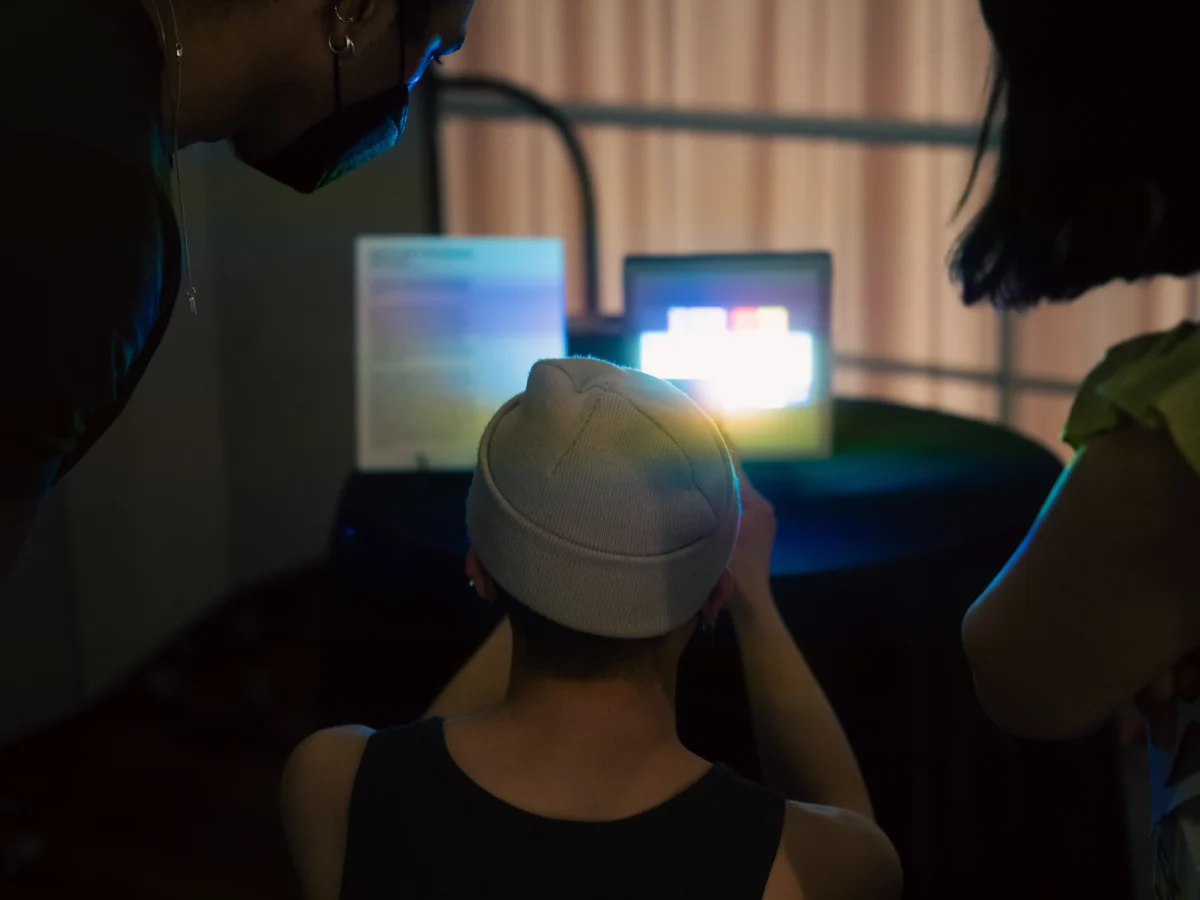
Artists and creators of all types are highlighted
One might assume that only certain media and art forms, such as photography, are highlighted at the MIT Gala. This couldn’t be farther from the truth.
An example is the particularly striking Luminous Borders by Safiyah Gold and Tanya Brudner. Inspired by edge detection algorithms from robotics, the piece is a dynamic display that responds to movement in front of the camera. Observers are thus seamlessly engaged directly with the work and allowed to watch a version of themselves. Gold was inspired after she took Introduction to Interactive, Participatory, and Generative Art Making, which encouraged her to “co-create art with the viewer.”
Other work was just as engaging. Nami Yamaguchi, a Boston-based craftsperson, presented an array of pigments of her creation. She both wanted to minimize her “environmental impact as an artist” and prove that natural alternatives were just as pigmented and vibrant as their conventional counterparts. With an array of brushes, water, and watercolor paper at her station, numerous visitors got to test her paints for themselves, derived from marigolds, walnut husks, onion skins, bugs, and more. Such work encourages viewers to think more critically about the relationship between an art medium and the natural world.
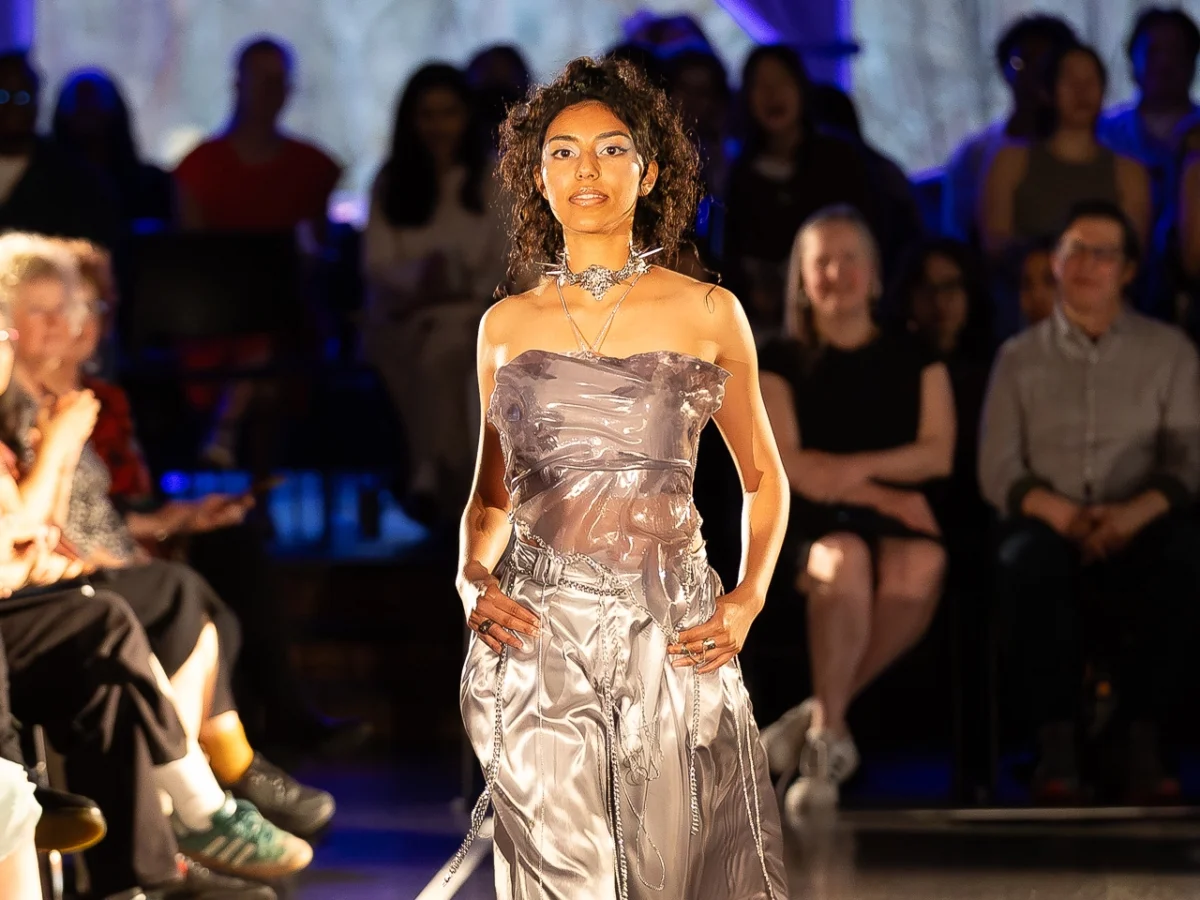
Dedication to fashion
At 7:30 pm, people quickly shuffled to their seats and awaited the runway. The program gave no information about the outfits themselves — only the names of the designers and the models. After a brief introduction, the runway commenced.
With a rhythmic beat playing, the models walked out. With each new model, the audience alternated between quiet shock and uproarious clapping. From their walks to hand-embroidered outfits to complex makeup, everyone was distinctly different and provocative — adorned with dresses, coats, embroidered jeans, pink lace ribbon, polygonal skirts, luggage, and more.
One unusual fashion medium drew loud applause: pure metal. Sabine Chu ’26, modeled the outfit designed by Managing Director Gloria Zhu ’26 along with Teresa Jiang ’26, Lee Liu ’26, Lindsay Reyes ’26, and Fernando Valenzuela ’26. For the metal corset piece specifically, Zhu made numerous prototypes, “making small adjustments” each time to account for “how the metal would warp and bend around the body and bold to itself.” After a long and arduous trial-and-error process — made more challenging by Zhu’s lack of “garment construction experience” — the final product emerged: a beautiful top made from 3 pieces of metal, bent around the shoulder and waist and bolted to one another.
In addition, the corresponding spread of the magazine visually details so many other metal creations — from face pieces to wings to intricate finger ornaments. It’s no surprise that these metal creations are the cover of Issue 12.
The success of this event built on its predecessor — the very first MIT Gala in 2023, which was co-led by Shua Cho ’25 and Shafim ’23. Cho is the current Editor-in-Chief of Infinite. Like many, her history with Infinite is long. However, she recognizes that other MIT students may not be aware of Infinite as a creative space, so she is excited to observe the MIT Gala’s blossoming.
To Cho, this growth is encapsulated by creators like Joshua Osifo ’26. After attending the first MIT Gala, he was determined to become a designer himself. This year, despite his limited fabrication background, he created an entire wedding dress as his first original outfit. His hours spent sewing and planning shined through, as his dress, paired with a 3D-printed anatomical heart, hit the runway with loud cheers.
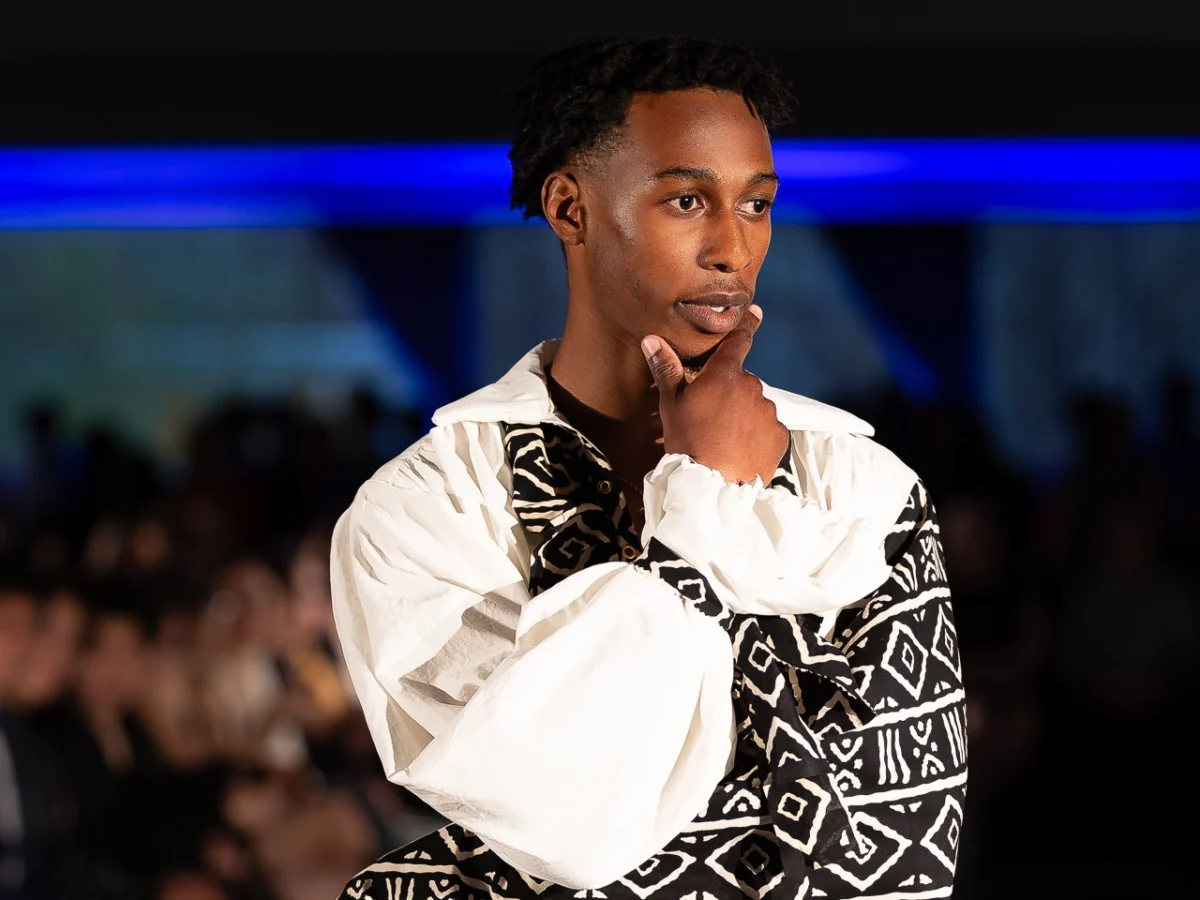
Infinite is not a “traditional magazine”
Finally, Shua also emphasized Infinite’s and MIT Gala’s accessibility as core strengths that will only continue to grow. These organizations are one of few arts spaces that embrace “amateurs who are learning a new skill” while simultaneously helping them create “high level professional work.” According to Shua, this is only possible because Infinite and MIT Gala aren’t traditional magazines and fashion shows, respectively — rather, they are creative “incubators” with “mentorship [that helps anyone] execute their project.”
Written by MIT student Alor Sahoo

